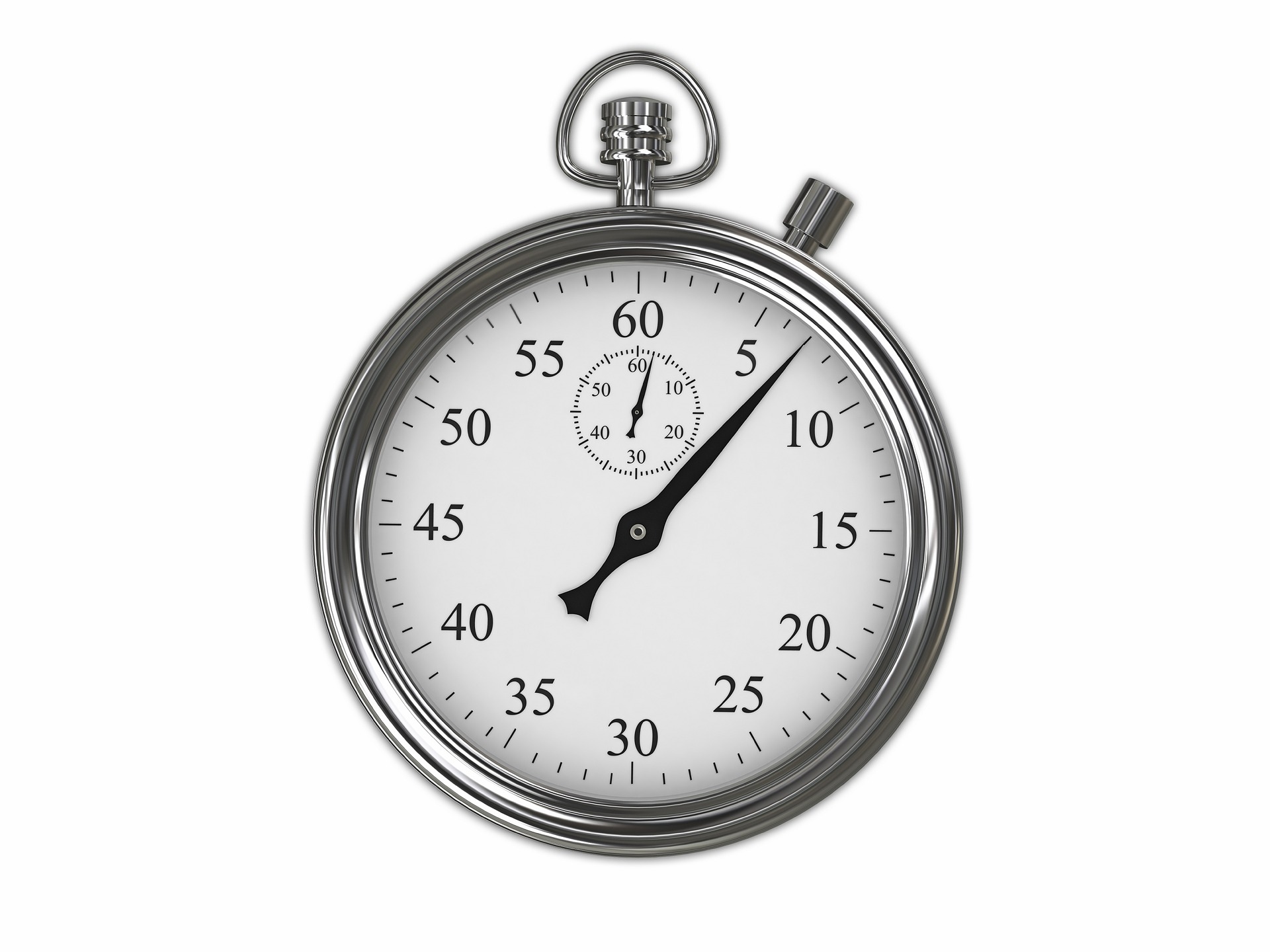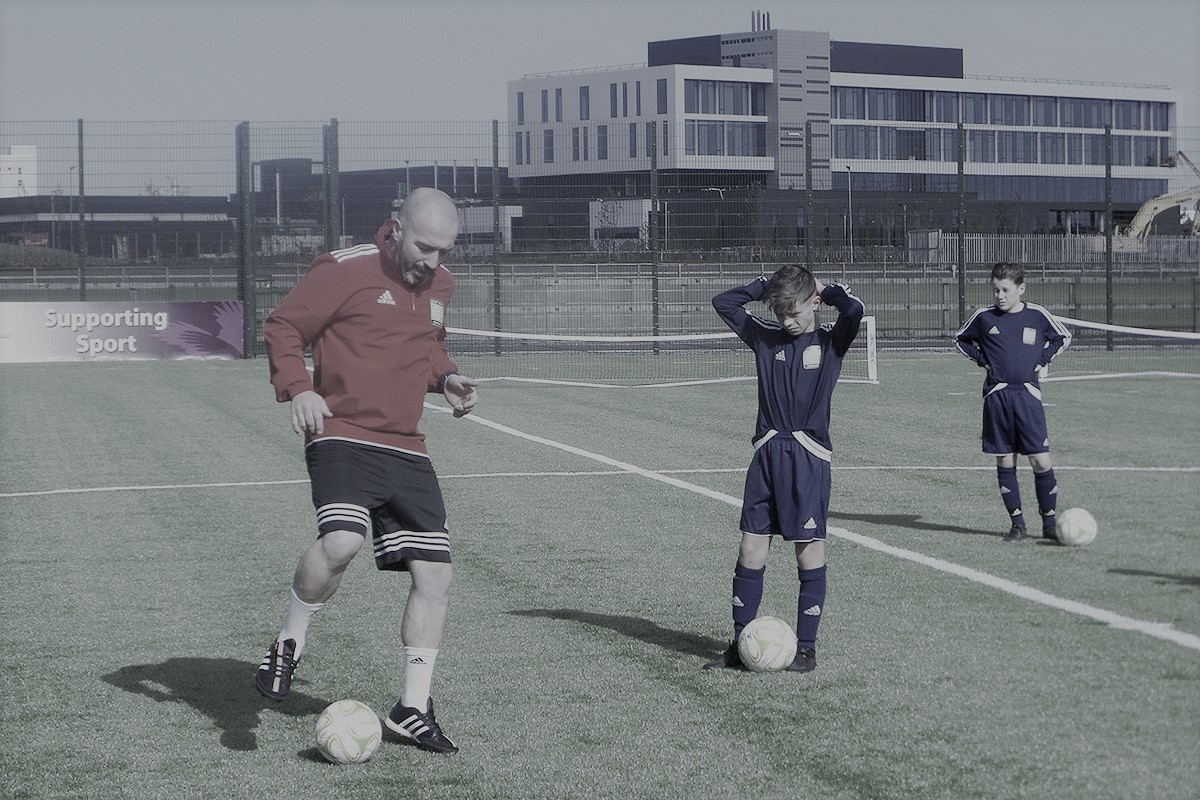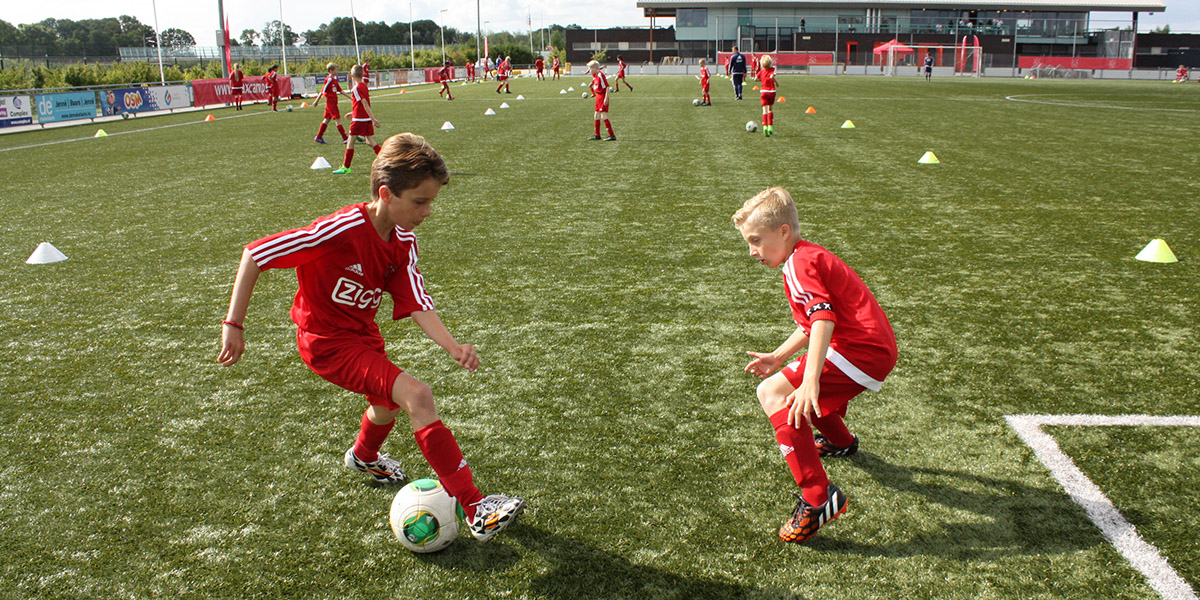Any youth soccer coach will tell you that if there was a guaranteed way to get at least 1% more out of their players in every session, they would use it. After all, regardless of our motivations, we all want our players to improve.
A lot us look for new drills and or/games, and while these help, they are not the be all and end all. A coach can be the most knowledgeable in the World, but if their personality resembles a block of wood then no player will feel inspired! Jurgen Klopp (who admittedly, does have a lot of knowledge) is credited by former players as making them feel 10 feet tall before stepping onto the field, as opposed to his tactical nous.
The following ideas are tried and tested to help your players maximize their learning
Ask Their Opinion

People like to be heard. Whether old or young, big or small, introverted or extroverted, people like to talk about themselves. Whether that is what they enjoy, what they think or what they feel. Speak to any self-development coach and they confirm that to be interesting, you must be interested. This is based on the fact that people’s favourite subject is often themselves. In fact, studies have shown that people would rather talk about themselves than receive money for discussing something else (link)!
Despite this I have seen opposing coaches, as well as those I have worked with, feel the need at half time to only give the players their thoughts. “We need to do this, this, this and this,” is a common theme at half time in youth games around the World. Players should be given feedback at half time. Yet children also feel valued when asked their opinions. Imagine being told what you are doing right or wrong at work by your superior, despite them not asking your thoughts first. By giving your feedback only provides a similar outcome in the minds of your players.
“What have we done well” and “what do we need to improve on” are the first 2 things I say at half time. Players are given the chance to say what they think about the game. They will sometimes point out things I hadn’t considered during the first half. I have also noticed that on-field communication improves as a result of this trust shown in their opinions. When I first started coaching my U12 team, they gave answers to these questions such as “passing” and “running”. I now get answers such as “our full backs need to overlap faster when the winger is being slowed down” or “defensively we need to stay more compact” and it shows on the field.
Time On Task

We all want our players to be fitter. We also know the best way to do this is with the ball. Fast paced, high intensity sessions are the order of the day, but are your players as active for as much of the session as you think?
Working for a coaching company in New Jersey a decade ago, I had to make sure that our players were active for 80% of a session. This left me with 18 minutes of a 90-minute session to fit in water breaks, activity descriptions, group coaching points and end of session feedback. It also meant that the players were active for 72 minutes of the practice. The difference in games was outrageous. My teams would often finish games battering the opposition goal. I lost count of the amount of times my U11 boys scored late winners or equalizers to the chagrin of the other team’s coach.
Taking this idea into my next coaching role, where I was leading staff education and assessments, I used a stop watch to time when coaches asked their players to stand still or take a break. Most staff were shocked when they found out that their players were active for only 50 minutes of a 90-minute session. One coach managed to stop the players and talk for over 50% of the entire practice! To be fair to him, he didn’t argue the point and worked to improve that aspect of his coaching.
As a test, have someone time your session the next time you run one and see how long players are active for. If you can, go one step further and video yourself. Recognizing what you can eliminate and tweak will go a long way to keeping players active.
Demonstrate

In recent years, research has surfaced that the idea of learning styles is utter nonsense. Be that as it may, offering players as many different communication aids when explaining a practice or coaching point is always going to be a good thing. After all, each player is an individual with a completely different sense of reality to anyone else. Not to mention the age old argument of words only equaling 7% of communication (also mythical, but not extremely).
For example, can you be sure what the hearing capacity of your players is? Or what about how they construe words? We may have an idea, but it is unlikely we know for definite. Giving them a demonstration as well as a verbal explanation helps negate those possibilities.
Demo’s go beyond the realms of catering for those with potential hearing difficulties. As a coach you can show the level of intensity you would like the activity performed at. Lead by example. They are also an excellent tool for stroking the ego of one your more extroverted players, giving them the chance to be the centre of attention. This can be especially beneficial if you don’t feel comfortable demonstrating the skill yourself.
Discover Your Players’ Motivations

The recent introduction of the FA Youth Modules and the USSF National Youth License have done a great job of making new coaches become more aware of the motivations of young soccer players. The information they give is based on studies they have done by interviewing a large number of children. However, have you asked your players what their motivations are for playing the game? If you have, I commend you.
After implementing a player questionnaire with my previous U12 Girls team (attachment), their reasons for playing were varied. Some enjoyed the competition. One playing enjoyed winning and another wanted to bond with her Dad. The achievements they wanted from the game were even more varied. One player wanted to be the greatest player the world has ever seen, yet another player wanted to learn how to do the Rainbow and stop playing when she got to 16.
From my perspective, I had to approach these girls differently. For the next Alex Morgan, I pushed her a lot harder and was a lot more demanding in order to help her achieve her goals. For the player who was there to learn new skills, I was more relaxed, helped her with the rainbow and only highlighted the good things she did.
Speak to your players. Find out why THEY play the game and what THEY want out of it. Knowing this will help you will impact their current and future lives in a far greater way.
Praise Effort Over Ability

A couple of years ago I said to a 12-year old player that when she played in the World Cup Final, I wanted some tickets. I knew it was a mistake, and not just for my cheek in asking for something for free. Suggesting that a 12-year old already had it in the bag to play for the US Women’s National Team was ridiculous. The long-term damage to her effort levels could have been catastrophic. Thankfully she is a level-headed girl, with a good grounding from her family and her desire to be the best player she could be were not impacted.
Research has shown that children who are praised for their effort perform better than those who are praised for their ability. The belief is that those who are told they are talented adopt a fixed mindset for what they are capable of and as such, their persistence in completing tasks diminishes. Those who are praised for their effort and workload when achieving success build a mindset of improvements being possible if they work at it.
I am sure we have all seen or heard of players who had it all, only to be a ‘never-was’ when they got older. A Sky Sports documentary highlighted how Ronaldo was seen as equal to his peers at Sporting Lisbon as a youngster. It was his work ethic that set him apart from his peers as they progressed through the ranks. The next time your team win, or perform a session with great success, don’t tell them how great they are. Tell them how hard they worked and see what difference it makes.
